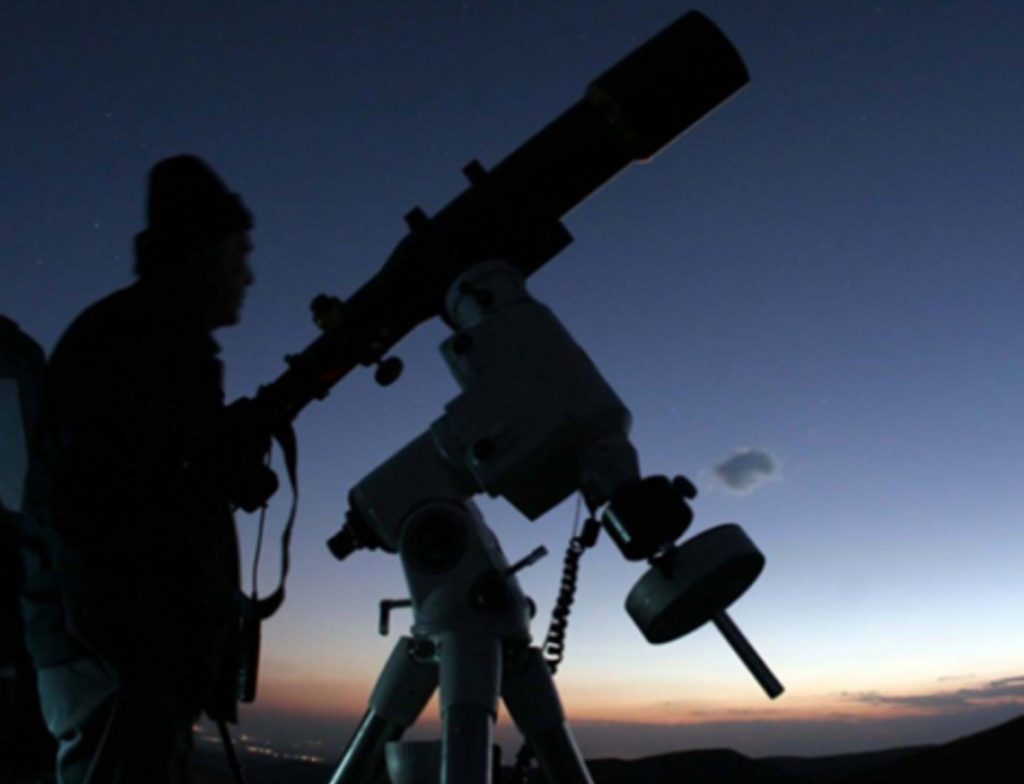Sentinel-6B Satellite Acquires Signal

Mission controllers for Sentinel-6B received full acquisition of signal from the spacecraft at 1:54 a.m. EST Monday, Nov. 17.
After cross-calibrating its data, Sentinel-6B will take over from Sentinel-6 Michael Freilich, launched Nov. 21, 2020, to monitor sea levels, measure wind and wave conditions, and improve both short and long-term weather predications. It is expected to fly until at least 2030. Follow along the journey once the satellite reaches its orbit.
Copernicus Sentinel-6/Jason-CS (Continuity of Service) is a collaboration between NASA, ESA (the European Space Agency), EUMETSAT (European Organisation for the Exploitation of Meteorological Satellites), and the National Oceanic and Atmospheric Administration (NOAA). The European Commission provided funding support, and the French space agency CNES (Centre National d’Études Spatiales) contributed technical support.
NASA’s Jet Propulsion Laboratory in Southern California, managed for the agency by Caltech in Pasadena, California, contributed three science instruments for each Sentinel-6 satellite: the Advanced Microwave Radiometer for Climate, the Global Navigation Satellite System – Radio Occultation, and the Laser Retroreflector Array. The agency also contributed launch services, ground systems supporting operation of the NASA science instruments, the science data processors for two of these instruments, and support for the international ocean surface topography community.
NASA’s Launch Services Program, based at the agency’s Kennedy Space Center in Florida, managed the launch service for the mission.
This concludes NASA’s Sentinel-6B blog coverage launch.
Continue to follow the mission on X, Facebook, and Instagram at these accounts:
X: @NASA, @NASAKennedy, @NASAJPL, @NASAEarth
Facebook: NASA, NASA Kennedy, NASA JPL, NASA Earth
Instagram: @NASA, @NASAKennedy, @NASAJPL, @NASAEarth
For more information about the mission, visit:




























